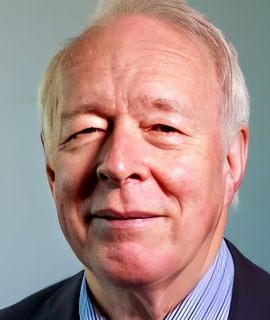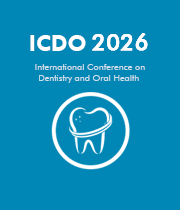Sialendoscopy
Sialendoscopy emerges as a transformative technique in the realm of salivary gland care, providing a nuanced and minimally invasive approach to diagnosis and treatment. By inserting a thin endoscope into the salivary ducts, practitioners gain direct visual access to the affected areas, enabling precise identification of issues such as stones or strictures. Sialendoscopy not only aids in diagnosis but also allows for therapeutic interventions, including the removal of obstructions and the alleviation of ductal blockages. This innovative procedure is characterized by reduced patient discomfort, quicker recovery times, and avoidance of traditional surgical methods. As we explore the significance of sialendoscopy, it becomes clear that this technique represents a patient-friendly evolution in managing salivary gland disorders, offering an advanced and efficient alternative to traditional approaches.

David Geoffrey Gillam
Queen Mary University of London, United Kingdom
Christopher Turner
Spacemark Dental, United Kingdom




Title : Evaluating hygienist follow up for head and neck oncology patients in secondary care: Results from a two cycle audit
Peter Basta, Newcastle Dental Hospital, United Kingdom
Title : Atypical facial pain unravelled
Christopher Turner, Spacemark Dental, United Kingdom
Title : Cutaneous, Cranial, skeletal and dental defects in patients with Goltz syndrome
Ali Al Kaissi, National Ilizarov Medical Research Center for Traumatology and Orthopaedics, Russian Federation
Title : The nature and management of dental erosion in patients with bulimia nervosa
Maya Fahy, The Royal Victoria, School of Dentistry, United Kingdom
Title : A systematic review on the early detection of oral cancer using artificial intelligence and electronic tongue technology
Maryam, Kardan Dental Clinic, Iran (Islamic Republic of)
Title : Artificial intelligence in clinical decision making in third molar surgery
Tannaz Pourlak, Tabriz University of Medical Sciences, Iran (Islamic Republic of)